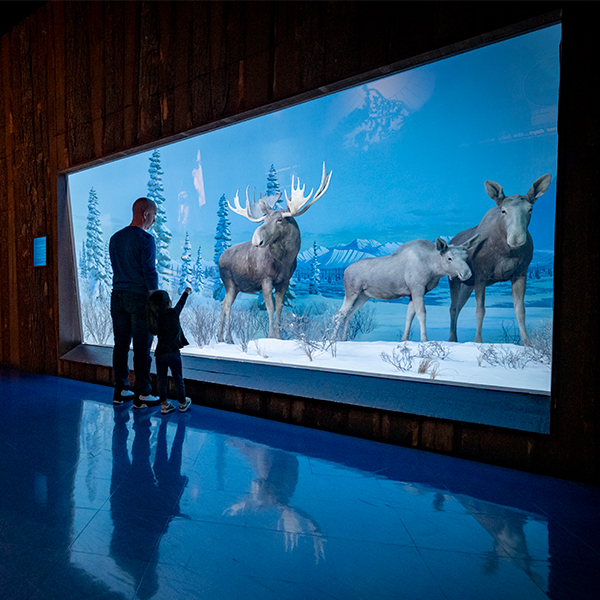Milwaukee Public Museum is filled with wonders to pique the interests of all visitors.
 MPM currently houses more than 4 million priceless objects and specimens. Wander through our three and a half floors of exhibits to learn about many of these items. Visit Africa, Asia, Europe, the Arctic, South and Middle America, the Pacific Islands, a Costa Rican rainforest, and so much more! Take a small step back in time to explore turn-of-the-century Milwaukee and ancient Mediterranean civilizations. Or, take a giant leap back more than 65 million years to see the world's largest-known dinosaur skull and a life-sized replica of Tyrannosaurus rex! Don’t forget to roam among our free-flying butterflies from around the world in a 76-degree indoor garden.
MPM currently houses more than 4 million priceless objects and specimens. Wander through our three and a half floors of exhibits to learn about many of these items. Visit Africa, Asia, Europe, the Arctic, South and Middle America, the Pacific Islands, a Costa Rican rainforest, and so much more! Take a small step back in time to explore turn-of-the-century Milwaukee and ancient Mediterranean civilizations. Or, take a giant leap back more than 65 million years to see the world's largest-known dinosaur skull and a life-sized replica of Tyrannosaurus rex! Don’t forget to roam among our free-flying butterflies from around the world in a 76-degree indoor garden.
Explore these Museum features
Ground Floor Exhibits
First Floor Exhibits
Second Floor Exhibits
Third Floor Exhibits
TAKE A VIRTUAL TOUR OF OUR EXHIBITS

